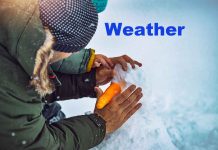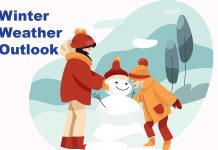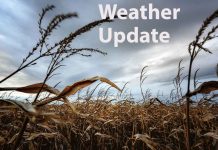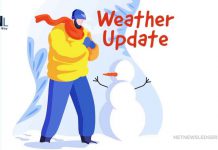Armstrong – WEATHER – Residents of Armstrong and Whitesand should brace for a chilly week ahead, as current weather conditions and forecasts predict fluctuating temperatures, snow, and potential frostbite risks.
If you are planning travel west of Ontario over the coming days, be aware of a major Alberta Clipper that will impact the prairies over the next couple of days.
Here’s what to expect over the next few days:
Today’s Weather: A Mix of Flurries and Clouds
- Morning temperatures are at -3°C with mainly cloudy skies and a wind chill making it feel like -7°C. Flurries are expected to end near noon, followed by a mix of sun and cloud in the afternoon.
- Winds will become northwest at 20 km/h, gusting to 40 km/h, contributing to a wind chill near -13°C.
- The UV index remains low at 1, indicating minimal sun exposure risk.
Tonight: Clear Skies with Dropping Temperatures
- The evening will clear up, but with winds up to 15 km/h, temperatures will plummet to a low of -21°C.
- Wind chills of -12°C in the evening will worsen to -28°C overnight, posing a risk of frostbite.
Monday’s Forecast: Snowy Conditions
- Clouds will gather in the morning, making way for snow, at times heavy, with accumulations of 5 to 10 cm expected.
- Southeast winds will increase to 30 km/h, gusting to 50 km/h, then lighten in the afternoon.
- Despite a high of -2°C, the wind chill in the morning will feel like -28°C, improving slightly to -5°C in the afternoon.
- The risk of frostbite continues, with a low UV index.
Tuesday and Beyond: Persistent Cold and Snow
- Tuesday will see periods of snow, with a high of -13°C and more snow expected overnight, dropping temperatures to -23°C.
- Wednesday offers a brief respite with a mix of sun and cloud and a 40 percent chance of flurries, though it remains cold at -13°C, dropping further to -30°C overnight.
Residents should prepare for these conditions by dressing warmly, ensuring vehicles are winter-ready, and staying informed on any weather updates or advisories.
The risk of frostbite is significant, especially during periods of high wind chill, so it’s crucial to limit exposure during the coldest parts of the day and night.








